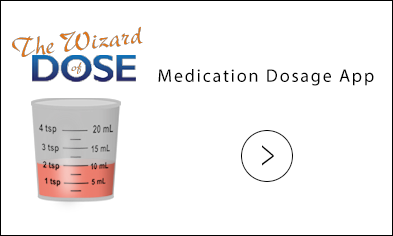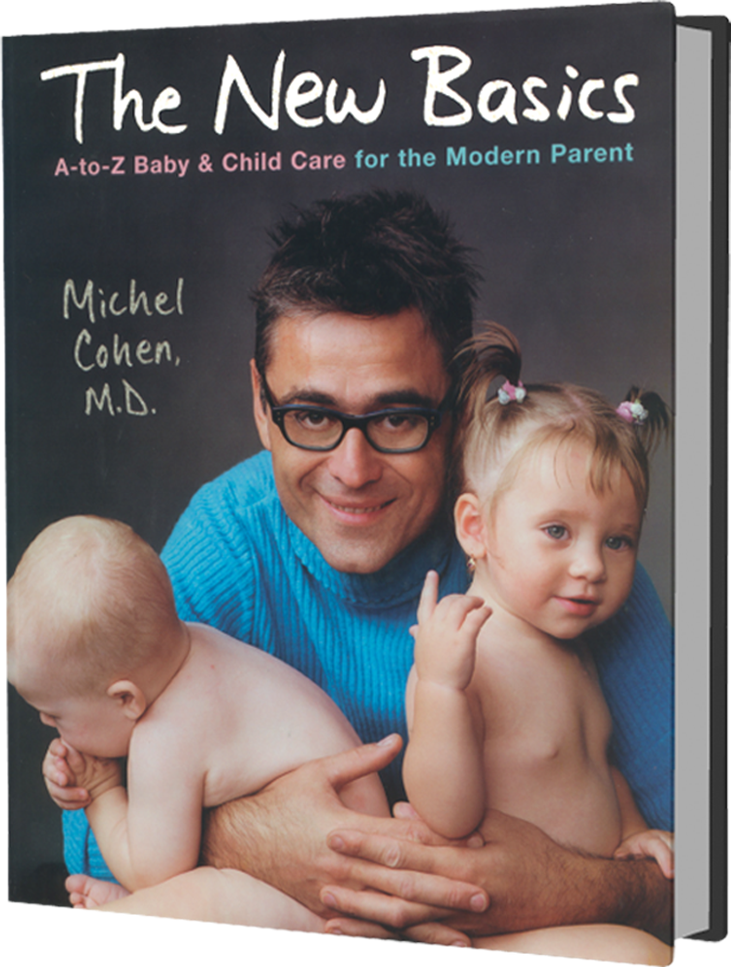
Eyes
 What can Lucy see at birth? Not much, but enough to find her way to a nipple and take a look at its owner. Since she spends the better part of the day looking at the <1 year insides of her swollen eyelids while sleeping, she doesn’t need more optic power. Her vision improves markedly over the first few weeks as the swelling goes down, and you’ll notice her perking up and looking around.
What can Lucy see at birth? Not much, but enough to find her way to a nipple and take a look at its owner. Since she spends the better part of the day looking at the <1 year insides of her swollen eyelids while sleeping, she doesn’t need more optic power. Her vision improves markedly over the first few weeks as the swelling goes down, and you’ll notice her perking up and looking around.
Eye Color
Before six months, a newborn’s eye pigments are still in flux. Light eyes may not be light forever. Initially, the iris is usually an indeterminate gray, and it’s not until four to six months of age that the color becomes obvious. At that time, the white of the eye also loses its initial grayish hue and becomes whiter.
Red Spots
Newborns occasionally have small spots of blood in their eyes, marking where tiny vessels burst from increased pressure on the head during birth. After a month or two those spots disappear.
Trapped Lashes
If you notice what seems to be an eyelash stuck in Lucy’s eye, it’s probably just an illusion. Tears at the surface of the eye form a film, and a reflection at the edge of that film often resembles a stuck eyelash.
Nearsightedness (Myopia)
 Jimmy is more likely to develop myopia, usually between six and ten years of age, if one or both of his parents is nearsighted. It’s far from a foregone conclusion, though.
Jimmy is more likely to develop myopia, usually between six and ten years of age, if one or both of his parents is nearsighted. It’s far from a foregone conclusion, though.
Watch for signs like squinting or, more simply, your child’s own report that he or she can’t see well. Once again, I am compelled to debunk a few myths: Complaints of headaches while concentrating on chalkboards or posters are not a reliable sign of decreased vision. Reading in the dark won’t cause myopia, and neither will sitting close to the TV. Early detection of nearsightedness won’t change the progression of the impairment, nor will wearing glasses. On the other hand, it will help Jimmy see the chalkboard and keep him from bumping into things.
Decreased Vision (Amblyopia)
Decreased vision (near and far) sometimes occurs in childhood, especially if there are associated conditions like lazy eye (eye deviation). Eye screening is not reliable before two years of age, and the degree of amblyopia remains difficult to assess until a child is old enough to offer a credible report.




 MEDICATION DOSAGE
MEDICATION DOSAGE

